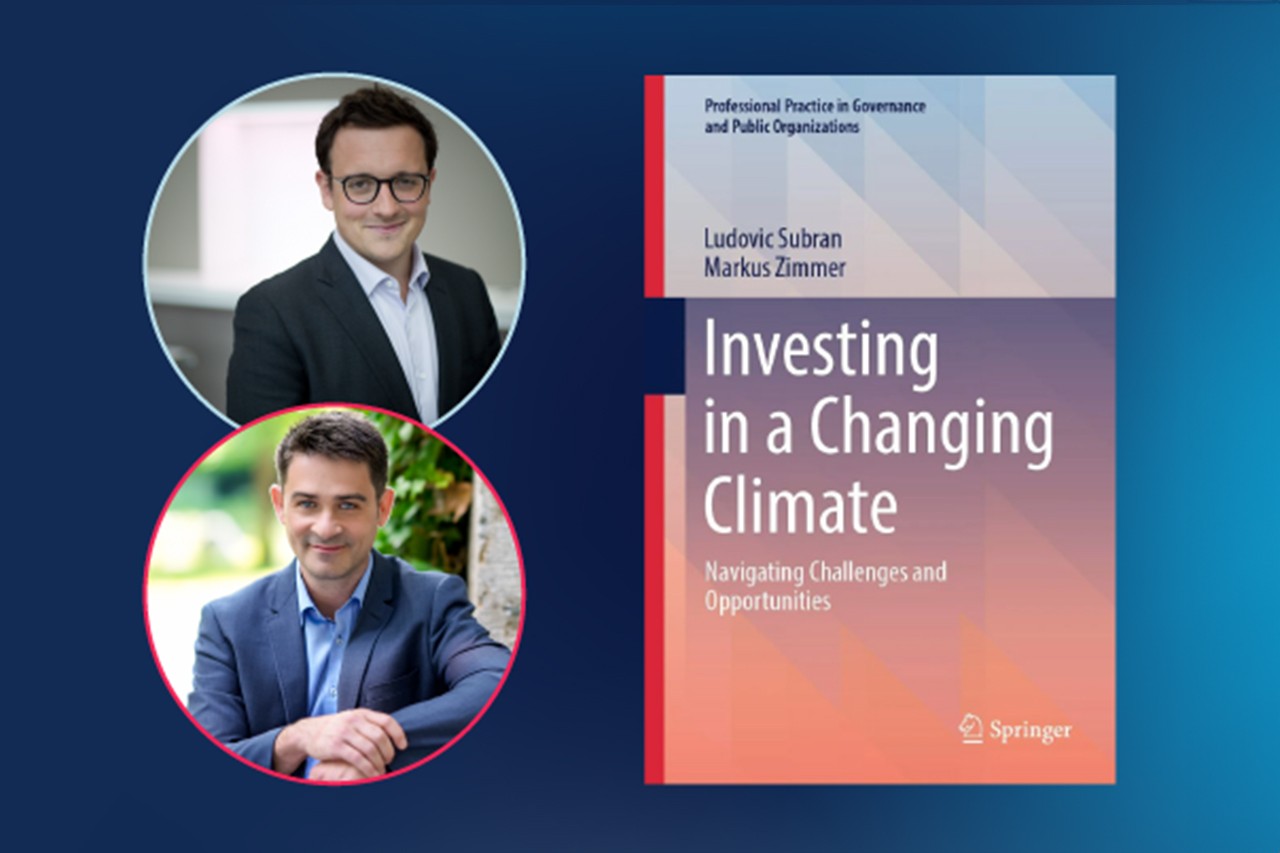At its core, the racial wealth gap present in the U.S. is the product of inequality towards People of Color (POC) that has accumulated over centuries. Signifiers of this disparity are wide-ranging, and Allianz Life’s 2020 Retirement Risk Readiness Study* is just the latest example to underscore its presence.
According to the study – which aims to gauge the preparedness of people in the U.S. for retirement – less than half of POC respondents said they owned investments or accounts that helped with retirement security and a similar proportion said they had made progress towards achieving their personal retirement goals.
The result, while troubling, is not surprising, says Cecilia Stanton Adams, Chief Diversity and Inclusion Officer at Allianz Life, who describes the experiences of the Black community as an example.
“African American people historically have been shut out of ways to be able to build their financial future,” says Stanton Adams. “That has really culminated to the point where there’s a huge wealth gap between African Americans and White people. If you have very little money to put aside, you might be using that extra money to take care of primary expenses, like financing college for your children – and not towards retirement.”
Looking at the specific situation of Black people in the U.S., that they make up 13 percent of the U.S. population but only have 2.5 percent of the nation’s wealth, further hammers home the idea that POC are far from receiving an equal share.



